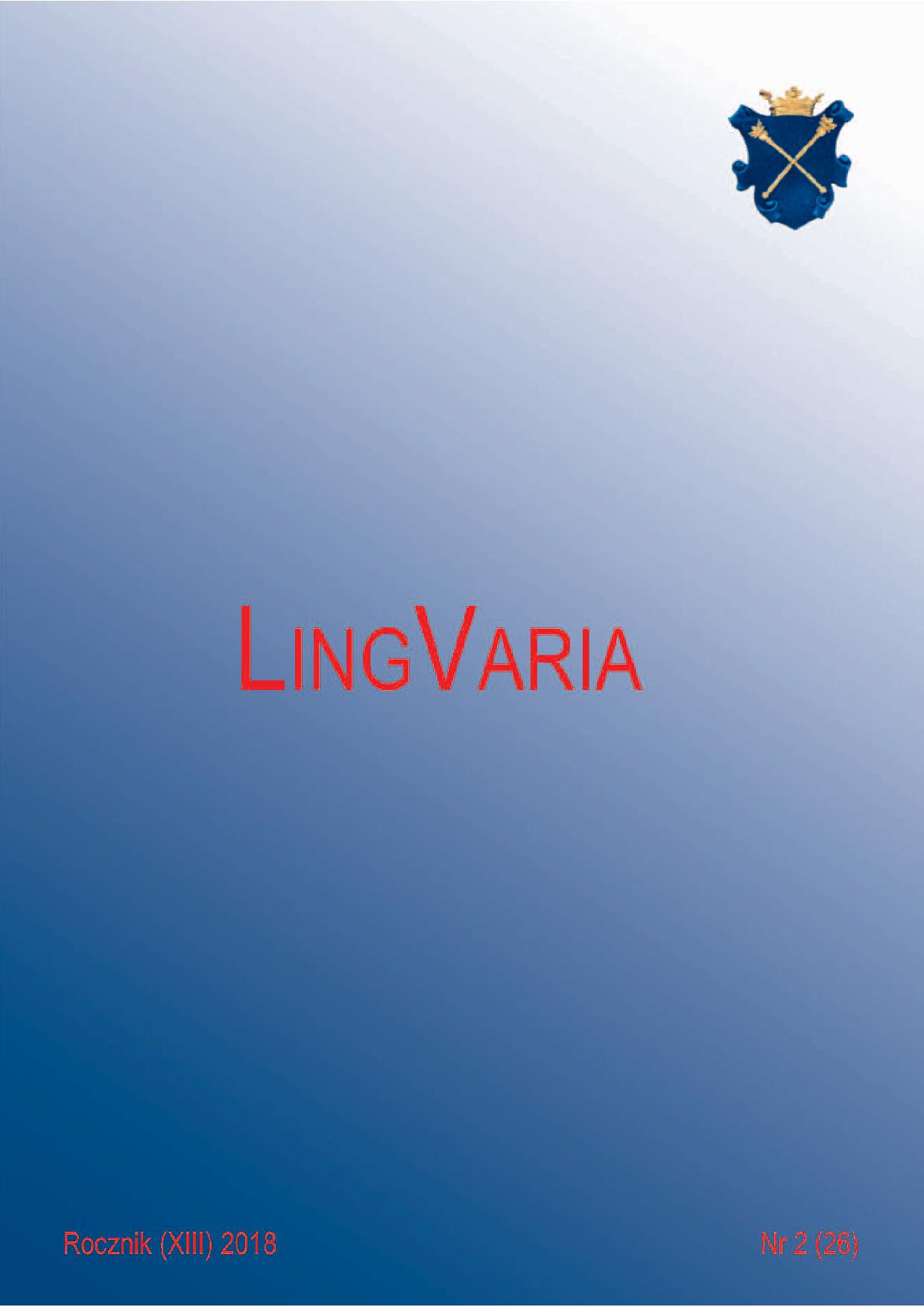Funkcje wielkich liter w rękopisie staropolskim "Karta Rogawskiego"
Functions of Upper-Case Letters in an Old Polish Manuscript. Karta Rogawskiego
Author(s): Dorota Rojszczak-Robińska Subject(s): Theoretical Linguistics, Applied Linguistics
Published by: KSIĘGARNIA AKADEMICKA Sp. z o.o.
Keywords: spelling; manuscript; punktation; upper-case letters
Summary/Abstract: The use of capital letters in Old Polish manuscripts is an unexplored subject. The present article is an analysis of the function of capital letters in Karta Rogawskiego (‘Rogawski’s Card’), a fifteenth-century Polish-language manuscript. Despite the small size of the monument (175 lines), it contains 70 upper-case letters, used consciously and consistently. In this respect, the text is unique compared to other mediaeval monuments in Polish. In Karta Rogawskiego, upper-case letters perform two functions. One is the rhetoric-syntactic function, i.e. they segment the text, introduce additional comments, start integrals which describe the activities of other characters and, above all, they introduce utterances of individual characters, separating the citation from the introduction. The other role of upper-case letters is the stylistic-semantic function, when they are used at the beginning of proper names. In the case of important words, it can be seen that their use is conscious and consistent; e.g. the word cesarz ‘emperor’ is always spelt with an upper-case letter when it refers to a specific person, and with a lower-case one when it only means a function. In addition, upper-case letters appear in the same places in the text, i.e. at the beginnings of titles and chapters.
Journal: LingVaria
- Issue Year: 2018
- Issue No: 26
- Page Range: 111-126
- Page Count: 16
- Language: Polish

